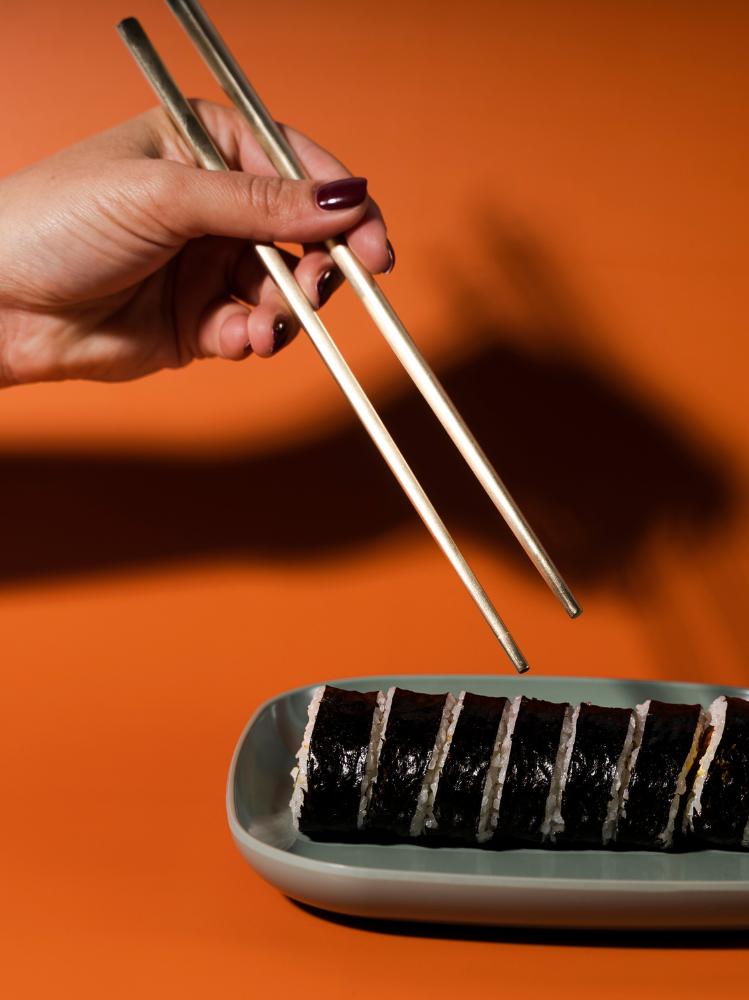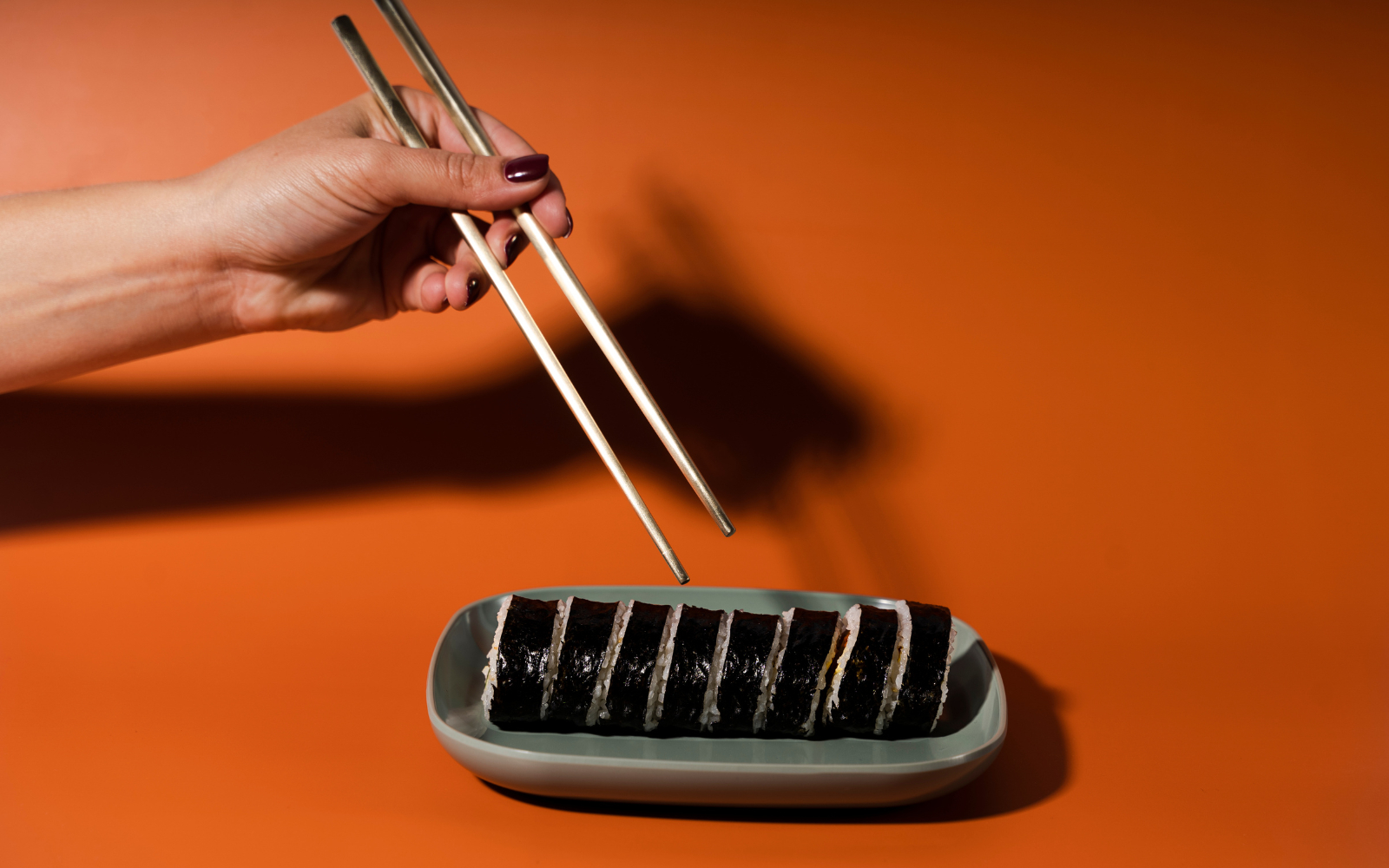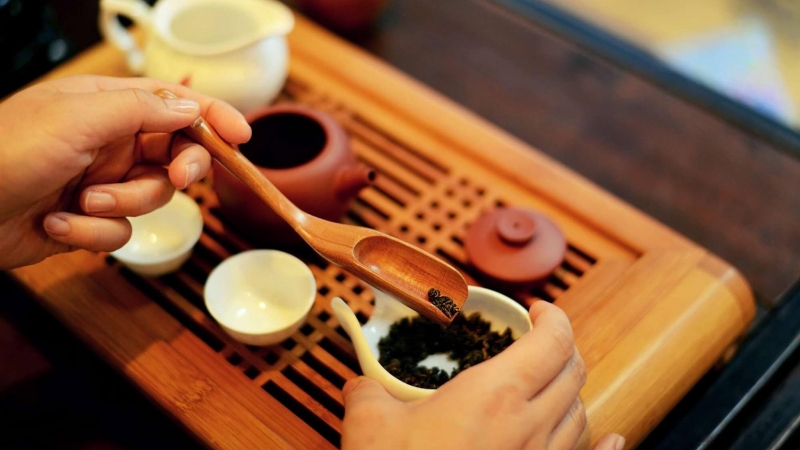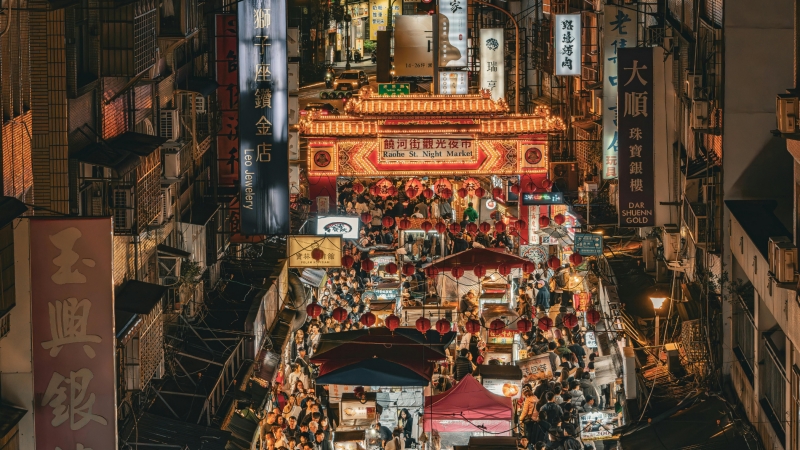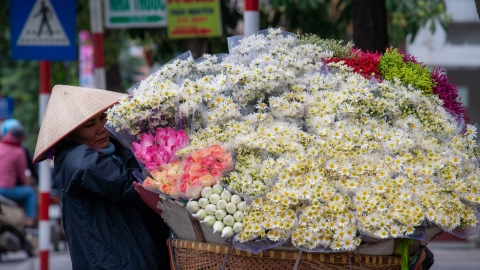Chopsticks were invented around 1800 BC, at first, chopsticks were large in size, used mainly for cooking. By around 200 BC, chopsticks began to become a popular utensil in Eastern meals.
The small pieces of food made the kitchen knives obsolete because they were too small to cut any smaller. At that time, chopsticks became an extremely simple and convenient tool because they were made very easily from cheap and easy-to-find materials. And so a new trend was born.

Chopsticks, a seemingly simple utensil, hides a rich and diverse cultural world of Asian countries.
The gradual disappearance of knives from the dining table was partly due to the influence of Confucianism. As a vegetarian, Confucius considered it inappropriate to use knives to eat because, in his opinion, “a respectable and upright man should stay away from slaughterhouses and kitchens.”
Within a century, chopsticks have “migrated” to other Asian countries such as Japan, Korea and Vietnam. Because in Asian countries, the main food is rice or grains, small, short or medium grains of rice are often very sticky and lumpy. When they stick together, using chopsticks is very effective. It can be said that chopsticks are considered the soul of Asian meals.
Vietnamese chopstick culture
Vietnamese chopsticks, simple yet familiar, have become an indispensable part of family meals. In each region, chopsticks have their own unique characteristics. In the North, with prosperous villages, people often choose old bamboo as the raw material to make chopsticks. The bamboo trunk is sturdy and flexible, giving a feeling of certainty when holding it. In the South, with lush green coconut fields, people take advantage of coconut tree trunks to make unique chopsticks. Coconut chopsticks are not only durable but also bring a rustic beauty, close to nature.

Chopsticks, the main utensil in Vietnamese culinary culture
Talking about how to hold chopsticks, Vietnamese people are familiar with chopsticks from childhood so they don't think much, but holding chopsticks also has its own method. Before holding chopsticks, you must arrange the two ends of the chopsticks evenly, when using only touch the top edge of the chopsticks, use 3 fingertips: thumb, index finger and middle finger to gently hold the chopsticks. The fingernail of the ring finger is placed under the surface of the chopsticks, the thumb and index finger clamp the chopsticks, fix them, the end of the chopsticks is about 1 cm too much.
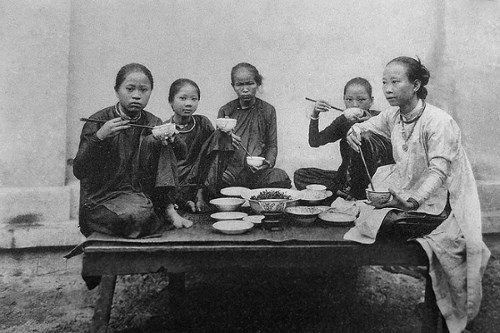
Vietnamese people in all regions have their own unique culinary cultures, but one thing they have in common is that we all use chopsticks.
The proverb "Learn to eat, learn to speak, learn to wrap, learn to open" is a sentimental advice that our grandparents passed down to their children. From a young age, we were taught basic rules of conduct, including eating and drinking.
Children are taught that before eating, chopsticks must be placed properly. Whether the chopsticks point up or down is not only a rule but also shows respect for the cook and the people eating with them. After finishing eating, the chopsticks are placed parallel, with the chopsticks pointing towards the person, which is both neat and meaningful, wishing for a peaceful and happy life.

In Vietnam alone, chopsticks also have certain differences between regions due to cultural characteristics.
Holding chopsticks is also an art. The skillfully curved fingers, placed in the right position not only help us eat more deliciously but also show the sophistication in behavior. Straightening the fingers when holding chopsticks is an impolite action, easily causing misunderstandings for the other person.
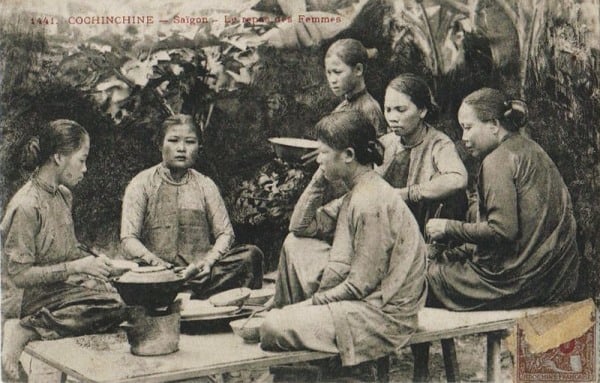
Chopsticks are no longer just a tool for eating and drinking, but above all, they contain cultural stories passed down through generations.
At the beginning of a meal, especially in traditional meals, before picking up food for oneself, people use clean chopsticks to pick up food to offer to others. During the meal, when wanting to offer someone something, usually out of politeness, people have to turn the chopsticks around to pick up with the other end. That was in the past, but nowadays when life is more prosperous, people only pick up food for children like that and rarely pick up food to offer to each other.
Chopsticks in Japanese culture
Japanese chopsticks, with their elegant appearance and intricate designs, are not only eating utensils but also miniature works of art. The origin of chopsticks can be traced back to the Jomon period, when the Japanese began using wooden sticks for eating.
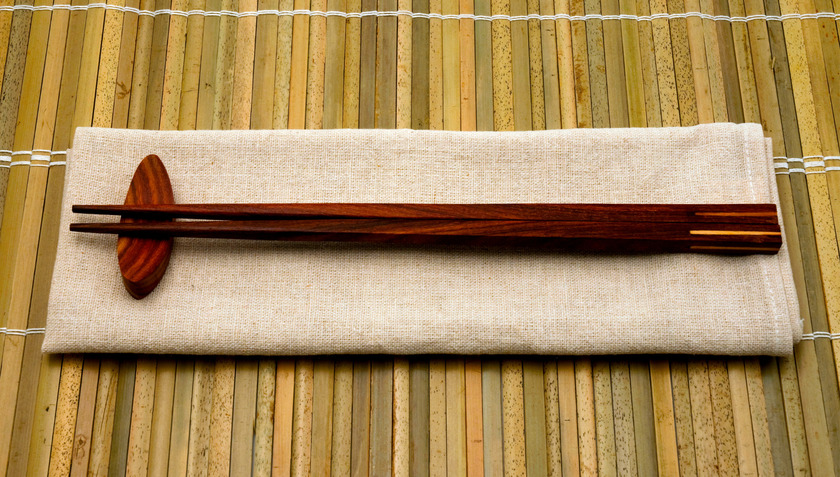
In Japanese culture, chopsticks are not just utensils, they can also be works of art.
Over thousands of years, chopsticks have become an indispensable part of Japanese culinary culture, associated with traditional rituals such as the tea ceremony. Each pair of chopsticks has its own meaning, from rare wood materials to sophisticated decorative motifs, expressing the Japanese people's respect for meals and life. In particular, distinguishing male and female chopsticks by color is not simply a social convention, but also reflects the concept of yin and yang and balance in Japanese culture.
According to Richard Bowring (British), a researcher of Japanese cultural history: "Chinese chopsticks are long and a bit too big, so they are difficult to use." Therefore, according to him, the Japanese concept of chopsticks changes according to length. The husband's chopsticks are longer than the wife's, the parents' chopsticks are longer than the children's, the older brother's chopsticks are longer than the younger brother's. This is contrary to ancient times, when emperors used short chopsticks, and the lower the rank, the longer the chopsticks.
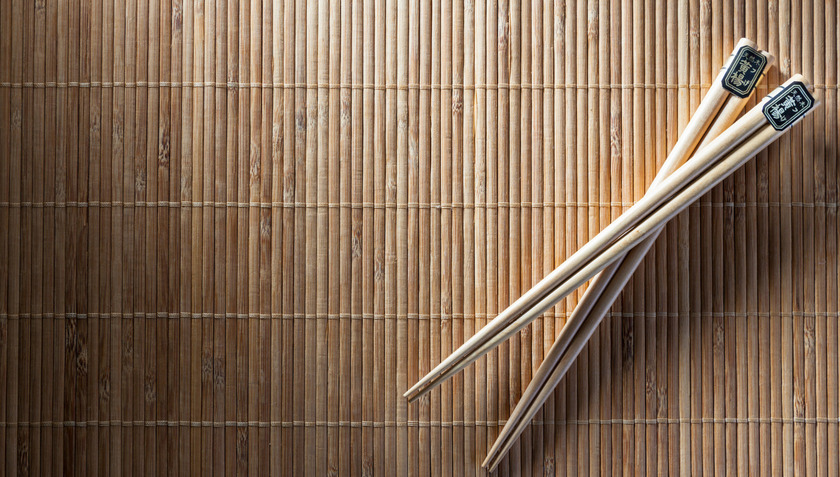
Only Japan has the culture of "everything with chopsticks"
At the dining table, Japanese people use a pair of communal chopsticks to pick up food for their own bowls. If there are no communal chopsticks, they must turn their chopsticks to pick up food for the guests and then return to the old chopsticks to eat. This is not simply a matter of hygiene, but also close to custom: in Japanese funerals, relatives must use chopsticks to pick up the bones of the deceased after cremation and pass them on to each other.
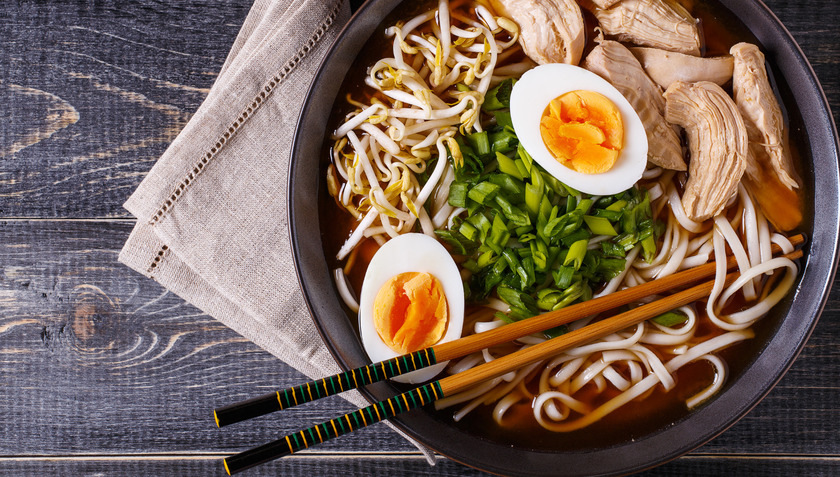
The Japanese will eat almost everything with chopsticks, even soups.
In addition, they also avoid using chopsticks to pick up food that has fallen or not stick chopsticks into a bowl of rice because it evokes the image of death. What is more interesting is that people who go camping or picnicking must not forget the custom: chopsticks must be broken in half after use to avoid evil spirits from using those chopsticks for bad or evil purposes or to avoid evil spirits from following the family and family meals.
China and the story of chopsticks
Chinese chopsticks are usually the longest of all chopsticks in East Asian countries, about 25-30 cm. These chopsticks are often made from materials such as bamboo, wood, plastic or even metal. The characteristics of Chinese chopsticks are that they have long and straight stems, large tips and are not as pointed as chopsticks from other countries.

At the dining table, you absolutely must not use chopsticks as a toy, point at others or spin chopsticks in the air.
The longer length of chopsticks makes it easier for Chinese people to use chopsticks when eating from large bowls of food placed in the middle of the table. In Chinese cuisine, dishes are often placed on the table for everyone to share, and long chopsticks make it easier to pick up food from a distance.
If in China, chopsticks are like a string connecting family members, bringing luck and warmth, then in Japan, they are a symbol of sophistication, respect and etiquette in every meal. In Korea, metal chopsticks are not only eating tools but also part of royal heritage. In Vietnam, simple bamboo chopsticks are associated with the image of a cozy family meal, where stories are shared and feelings are nurtured.

Chopsticks have long been a familiar and indispensable item in Asian meals.
Despite the differences in shape, material and usage, chopsticks are still a common symbol of Asian cuisine and culture. Learning about these differences helps us better understand the cultural values and traditions of each country.





